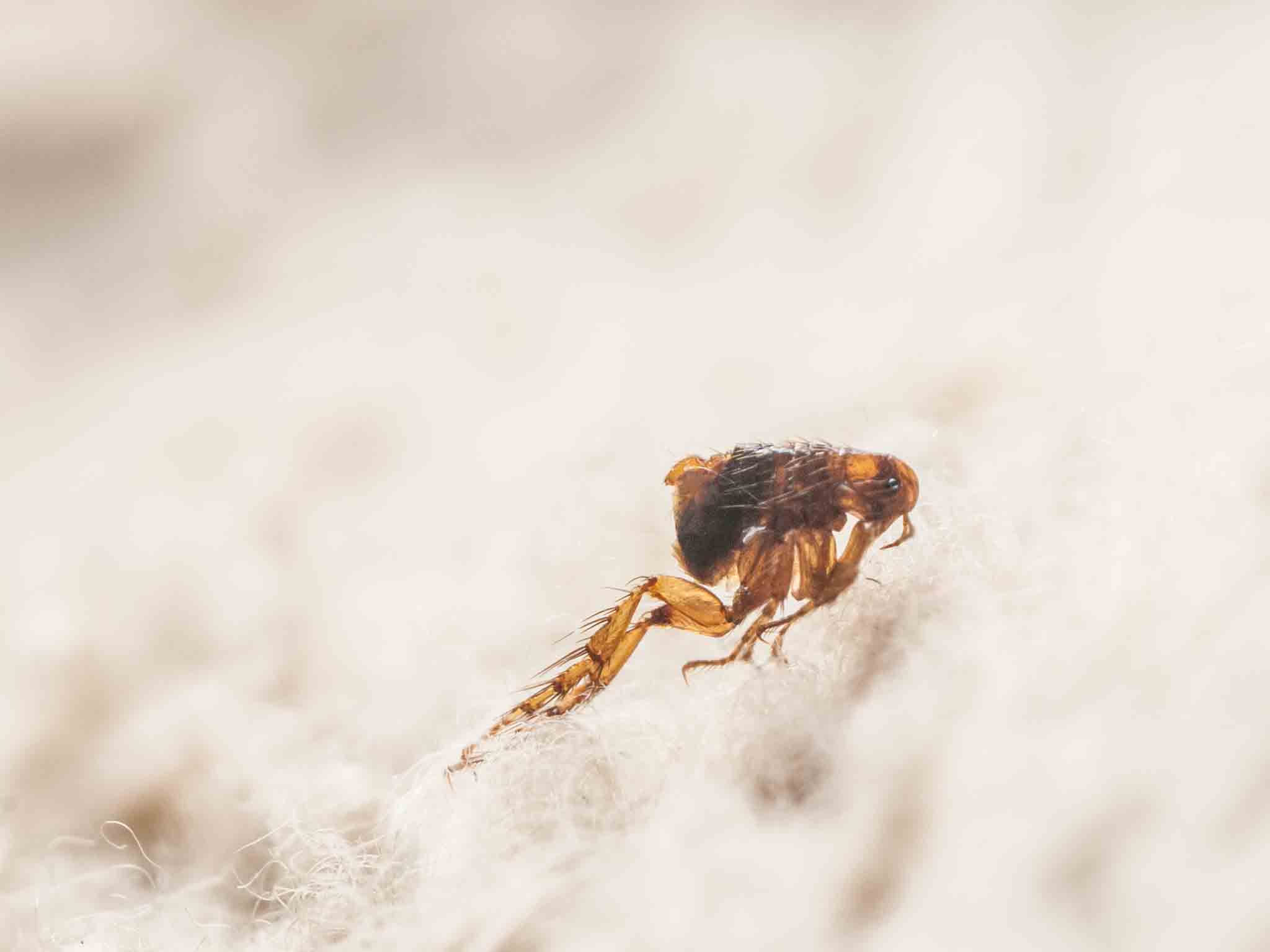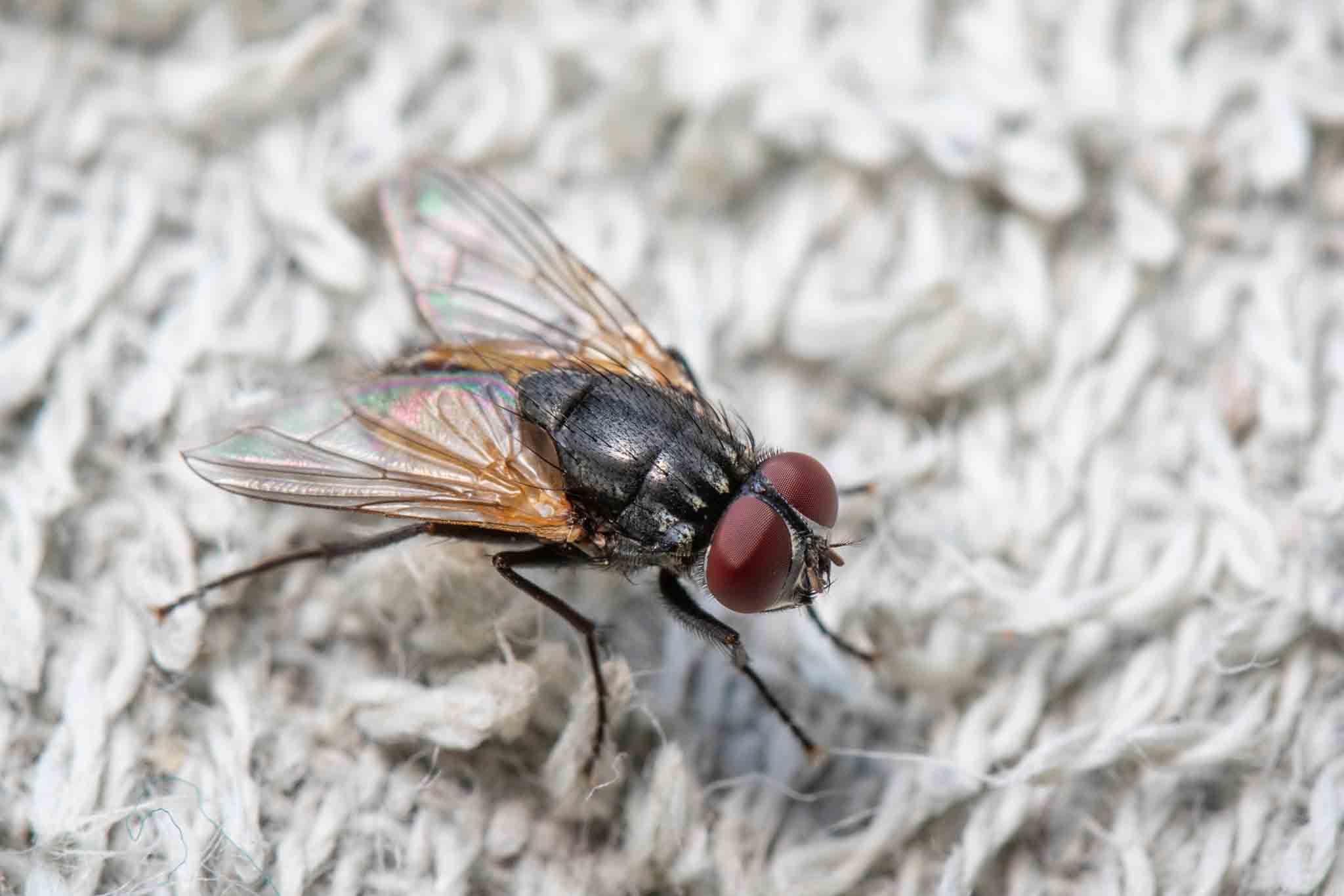Four Simple Tricks To Keep Termites Away From Your Bronx Home Mar. 15th 2021
BlogFour Simple Tricks To Keep Termites Away From Your Bronx HomeIf you wait until a termite problem is obvious before you do something about it, it's probably too late to avoid the extreme damage they can cause.

Blog
Four Simple Tricks To Keep Termites Away From Your Bronx Home
If you wait until a termite problem is obvious before you do something about it, it's probably too late to avoid the extreme damage they can cause.
Termites cost homeowners millions every year, which means you need to be proactive about preventing their colonies and squashing them before they can do irreversible damage.

Termites: Destructive & Dangerous
Few pests cause the kind of damage that termites do. While most pests dole out annoying cosmetic damage, termite activity causes hazardous, structural harm.
Tiny insects that eat wood, termites form colonies in soil that's close to sources of food. That means populations typically start outside, underground where you can't notice them. Once their numbers grow, termite territory can press in on human properties, finding cracks in the foundation or exposed exterior woods to chew through.
They can gain access to your home and chew through interior building materials before you even notice the signs of termite activity, which is why prevention is better than reaction. You need to know what attracts termites and how you can make your home less accessible to them.
Four Factors That Attract Termites
While we tend to think of termites as underground dwellers, their colonies are actually started by flying termite swarmers, or alates, which are the sole reproductive members of termite society. They fly far and wide looking for ideal places to start their own colonies, where they will have access to all of the following:
- Soil: Termites form mounds or tunnels, which grow in size and number as their populations do. Anywhere that soil meets wood or plant matter, termites will be attracted.
- Wood: Since they eat wood, it makes sense that termites would seek it out. Alates will find wood-to-soil areas to form initial colonies, then tunnels will be built to all surrounding roots and structures.
- Moisture: Some dampwood termites specifically eat waterlogged woods, and all termites are attracted to areas where water damage has weakened structural woods.
- Vegetation: Wooden structures aren't the only things that termites target. They'll also be drawn to large, overgrown trees or bushes.
Four Ways To Prevent These Problems
To curb these factors, and fortify your home and yard against termite infestations, you need to take the following steps:
- Crack sealing: You should be routinely checking your exterior for holes or cracks in the wood or foundation of your home. These can provide tiny termites with access points.
- Landscaping: Keep vegetation from growing too close to your exterior, and make sure soil beds are kept well away from your outer walls.
- Pipes: Water damage can creep up on homeowners if you don't keep up on pipe maintenance. Paying for inspections and routine repairs is a lot cheaper than paying for those things while also having a termite problem on your hands.
- Lawn treatments: Professional treatments are the only thing that's guaranteed to keep termites and other pests out of your yard in the first place.
True Protection From Hello Pest
While we tend to think of termites as underground dwellers, their colonies are actually started by flying termite swarmers, or alates, which are the sole reproductive members of termite society. They fly far and wide looking for ideal places to start their own colonies, where they will have access to all of the following:
- Soil: Termites form mounds or tunnels, which grow in size and number as their populations do. Anywhere that soil meets wood or plant matter, termites will be attracted.
- Wood: Since they eat wood, it makes sense that termites would seek it out. Alates will find wood-to-soil areas to form initial colonies, then tunnels will be built to all surrounding roots and structures.
- Moisture: Some dampwood termites specifically eat waterlogged woods, and all termites are attracted to areas where water damage has weakened structural woods.
- Vegetation: Wooden structures aren't the only things that termites target. They'll also be drawn to large, overgrown trees or bushes.
Four Ways To Prevent These Problems
To curb these factors, and fortify your home and yard against termite infestations, you need to take the following steps:
- Crack sealing: You should be routinely checking your exterior for holes or cracks in the wood or foundation of your home. These can provide tiny termites with access points.
- Landscaping: Keep vegetation from growing too close to your exterior, and make sure soil beds are kept well away from your outer walls.
- Pipes: Water damage can creep up on homeowners if you don't keep up on pipe maintenance. Paying for inspections and routine repairs is a lot cheaper than paying for those things while also having a termite problem on your hands.
- Lawn treatments: Professional treatments are the only thing that's guaranteed to keep termites and other pests out of your yard in the first place.
Give Us A Call!
Complete the form below to schedule your no obligation inspection.

"We didn't even think twice about who to contact when we had a problem with termites.
Hello Pest Control always comes through for us." Alexander M.
Get Started With Hello Pest Control Today
(914) 219-6671
Contact us today to get started with immediate pest control services.



Hello Pest Control
20 Ridge Rd
Ardsley, New York 10502
(914) 219-6671
Give Us A Call!
(914) 219-6671
facebooklinkedininstagramgoogleCopyright © 2022 Hello Pest Control - All Rights Reserved. / Terms and Conditions / Privacy Policy / Accessibility Statement

















